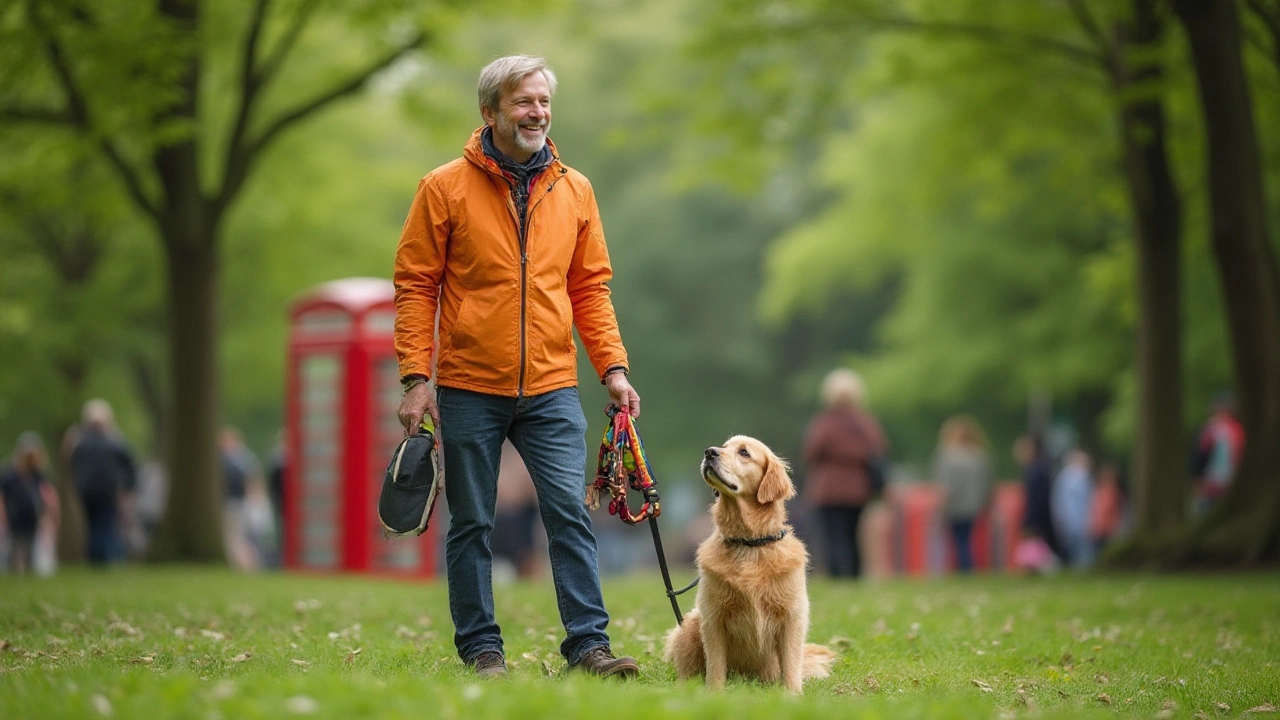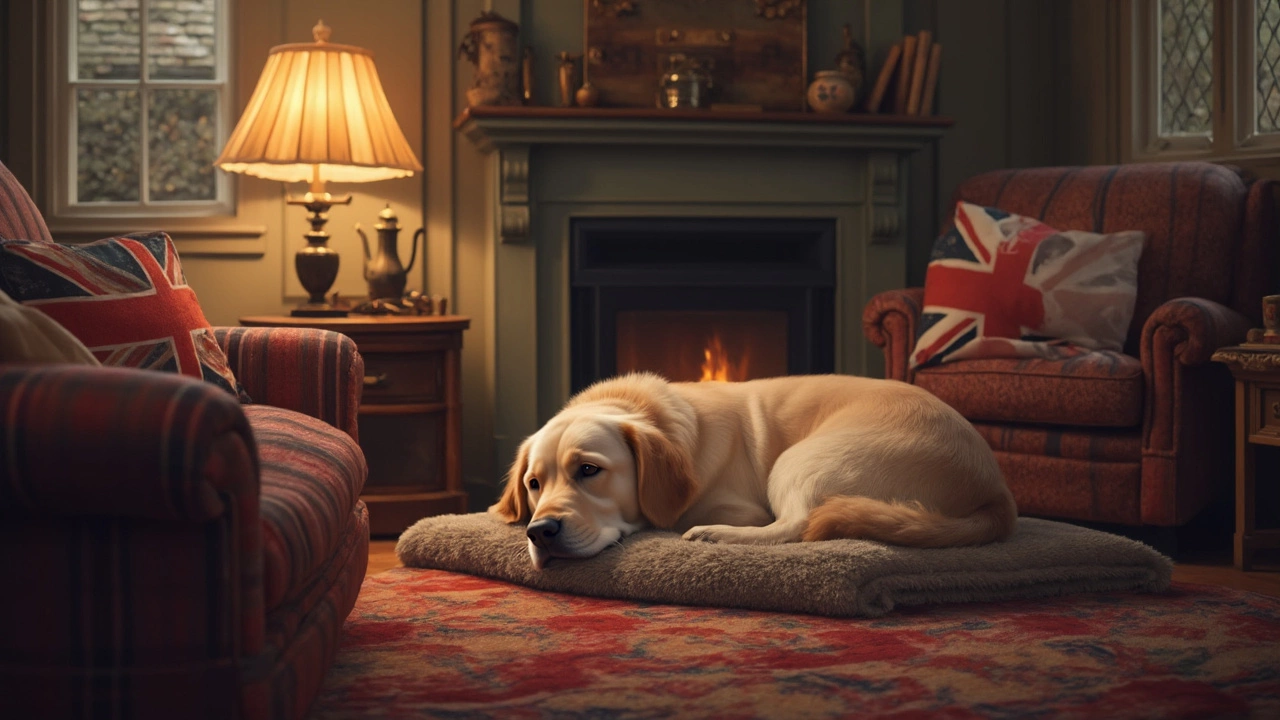Dog Collar Guide: Choose Smart, Keep Safe, Follow the Law
Collars are more than a fashion statement for your pup – they keep ID, control, and safety in one piece. But with so many options, it’s easy to feel lost. Here’s a straight‑forward rundown of the main collar types, when to use them, and the UK rules you need to know.
Common Collar Types and Their Best Use
Flat buckle collars are the go‑to for everyday walks. Made of nylon or leather, they’re cheap, comfortable, and easy to adjust. Stick a tag with your dog’s name, address, and microchip number on the tag.
Breakaway collars snap open under pressure. They’re perfect for indoor use or for dogs that love to get into tight spaces. If the collar catches on a fence or door, it releases before the neck is harmed.
Training collars (also called slip or choke collars) tighten when the leash pulls. They can help teach a loose leash walk, but only if you use them correctly and never leave them on unattended. Many trainers now prefer prong or martingale collars for better control without choking.
Martingale collars have a limited slide that tightens just enough to stop a loose‑lead escape. They’re ideal for dogs with narrow heads, like hounds, because they won’t slip off.
Reflective or LED collars boost visibility at night. Pair them with a reflective harness for extra safety on early morning or evening walks.
Safety Tips for Indoor and Outdoor Use
Ask yourself: should the collar stay on at home? If your dog is calm and you keep an eye on them, a flat collar with ID is fine. For dogs that tend to chew or get into furniture, a breakaway collar avoids accidental choking.
When you head outdoors, check the fit. You should be able to slip two fingers under the strap. Too loose and it can snag; too tight and it hurts.
Keep the collar clean. A quick rinse with mild soap removes dirt and odor, which can irritate the skin. Replace any collar showing fraying or rust.
Don’t let a collar become a fashion accessory that you forget to remove. Switched from a bright summer collar to a winter fleece one? Swap them before the season changes.
Finally, remember the UK dog collar law: any dog in a public place must wear a collar with the owner's name, address, and a contact number. This requirement helps vets, shelters, and strangers return lost dogs quickly.
Choosing the right collar isn’t rocket science – it’s about matching the collar to your dog’s behavior, the setting, and the law. Keep it snug, keep it safe, and you’ll both enjoy walks without worry.
- Morgan Ainsworth
- 0 Comments
Should My Dog Wear a Collar and Harness Together? Safe Walking Tips Explained
Confused about whether your dog should wear both a collar and a harness? Get clear, practical pros, cons, and tips for safer dog walks right here.
View More- Morgan Ainsworth
- 0 Comments
Should You Take Your Dog's Collar Off at Night?
Wondering if you should remove your dog's collar at night? This article delves into the pros and cons of taking off your dog's collar while they sleep. We explore safety, comfort, and hygiene aspects, offering insights for responsible pet ownership. Learn practical tips on when and why it might be beneficial to let your dog snooze collar-free.
View More

